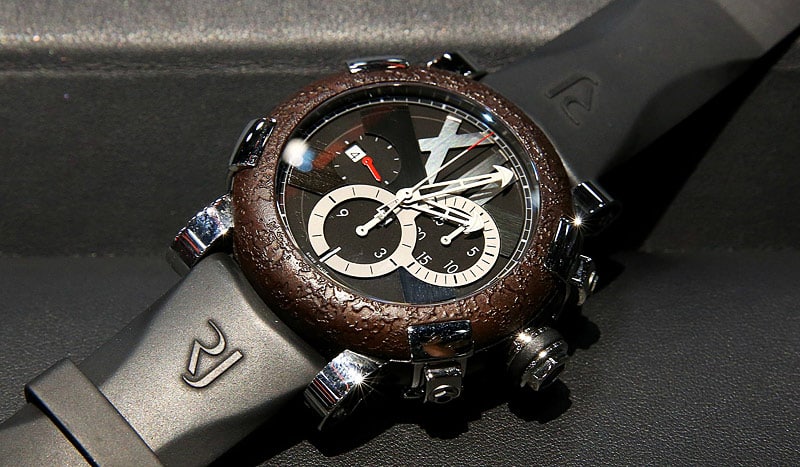The evolution of watch designs
THE EVOLUTION OF WATCH DESIGNS
While they might seem like a product from the future, smartwatches have grown to become a commodity once only dreamed of in science fiction novels. But they have much more humble origins. IWC Watches have come a long way since their invention and inception in 16th century Europe, and they have, as a discipline and a science, forever changed the way that we measure and think about time. Yet, if we look at the watches that existed 500 years ago and compare them to some of the newest models being released these days, it’s obvious that there has been a marked change in the way that watches have been designed and the way in which this has influenced their core function.
The 16th century clock-watch
To really understand the evolution of watch design, you have to start at the beginning. Devices to measure time have been in use for thousands of years – from candles to hourglasses to clocks – but it wasn’t until the 16th century that portable timepieces came into being. After the invention of the mainspring (which allowed clocks to be wound), Nuremberg clockmaker Peter Henlein was the first person to invent an ornamental clock designed to be worn on a pendant. Called ‘clock-watches’ (taschenuhr in German), they were heavy, drum-shaped cylindrical brass boxes with only an hour hand which were ornamented with engravings. Later, the shape evolved to be rounder and demand for more interesting shapes – such as a boot, animal or skull – emerged. These early watches were developed almost exclusively for ornamentation and were actually quite terrible at telling time accurately.
The pocket watch
The 17th century saw the invention of the pocket watch. This was due not only to the fashion of the times (waistcoats were introduced) but also to practicality. Exposure to the elements meant watches on pendants frequently came to harm, it was therefore pragmatic to keep them safe by sheltering them in a pocket. To fit in the pocket, the design evolved into what we know as a typical pocket watch shape – that is, round and flat without any sharp edges. Glass was also used to cover the face of these watches. Only much later in the 1800s would a chain be introduced to secure the watch to a garment of clothing with a clip.
The enlightenment
With the age of enlightenment came a change in watch design and functionality. No longer were they seen as ornaments but rather as scientific instruments. This development saw the invention of accurate marine chronometers to determine longitude during long sea voyages – these can be seen as the direct ancestors of many modern watches such as those by Hamilton.
The wristwatch
While the origins of the wristwatch are disputed – some say it was created by Abraham-Louis Breguet in 1810 – wristwatches became popular during the mid-19th century. Most of these were marketed towards women, being advertised as bracelets instead of watches. It wasn’t long before a market for men’s wristwatches emerged, however, and soon officers in the British Army began using them in military campaigns, most notably the Anglo-Burma and Boer wars. Since then the analog wristwatch has continued to evolve and has created many of the luxury brands we’ve come to know and respect today such as Rolex and Timex. Wristwatches have become revered as not just a time telling device but also as a status piece.
The quartz watch
The quartz revolution was started by Epson and Seiko (the former being a daughter company of the latter). The introduction of the quartz watch revolutionized watchmaking as it allowed for better accuracy than mechanical watches and eliminated the need for all moving parts – this also made the watch more shock-resistant. This ultimately led to the LED-display design in 1970, the atomic wristwatch in the early 2000s and from there a gigantic leap occurred which brought us to smartwatches.




